"Amid the overall cooling of brand expansion last year, the DTC sector was bustling with activity."
From Beauty and Personal Care to Sports Supermarkets and Comprehensive Consumer Platforms, a Clear Global Trend Emerges: DTC
What is DTC and Why Are More Companies Choosing It?
DTC, or Direct To Consumer, refers to a marketing model where brands directly reach end-users, focusing on user experience and establishing precise, customized user relationships.
In the DTC model, consumers benefit from attractive prices without middlemen, and brands can communicate directly with consumers, obtaining timely and effective data feedback. This allows brands to make the best decisions in product development, pricing adjustments, event planning, and brand communication, thereby gaining a competitive edge in the market.

Comparison between traditional marketing model and DTC marketing model
01
DTC is Thriving
In recent years, numerous "DTC brands" have risen at exponential growth rates, while established brands have also accelerated their breakout success through the DTC model, achieving a second growth curve.
For instance, Tesla, by building a DTC model that directly engages users, has excelled in sales, market influence, and performance in the capital market, becoming a leader in the automotive industry.
The cosmetics brand Perfect Diary, leveraging a textbook DTC approach, went public on the NYSE in November 2020, becoming the first Chinese beauty platform company listed on the US stock market, with a market value of nearly $7 billion.
Amidst the downturn and successive bankruptcies of traditional sports retailers, Nike has also relied on the DTC model to drive its retail development. Data shows that in 2011, Nike's DTC sales reached $2.9 billion, accounting for 16% of Nike brand's total revenue; by May 2020, this share had grown to 35%, achieving $12.4 billion in revenue (source: Econsultancy).
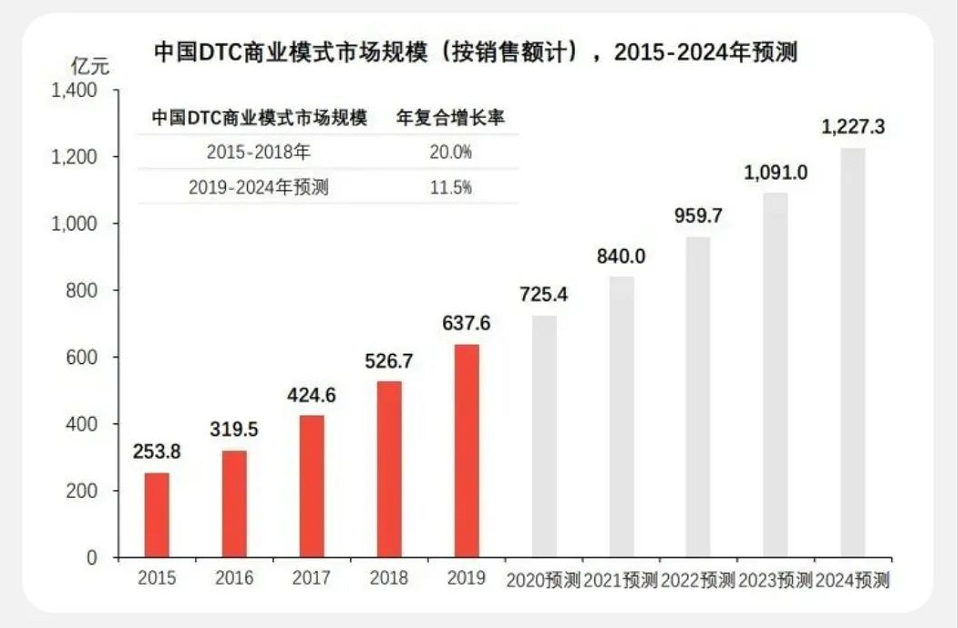
In no time, the DTC model has thrived, becoming the key to brand innovation and breakthrough.
02
Amidst the thriving DTC model, hidden challenges lurk everywhere.
Acquisition Costs Exceed Thousands, Conversion Rates Fall Below 30%: Hidden Challenges Amidst the Thriving DTC Model
While DTC brands have risen rapidly with direct-to-consumer marketing strategies such as celebrity endorsements, influencer reviews, and grassroots campaigns, bringing tens or even hundreds of billions in market value, the significant increase in traffic costs has become a major obstacle to sustained growth.
Data from the market research platform PARKLU indicates that from 2018 to 2020, the average price increase for mid-tier and top-tier KOLs exceeded 18%, with the increase being even higher in niche areas like beauty. Additionally, a research report from Everbright Securities shows that acquisition costs for Alibaba's e-commerce platforms rose from 278 RMB per person in 2018 to 929 RMB per person in 2020, nearly a 234% increase in just two years.
As the traffic dividend diminishes, marketing costs for brands continue to rise, weakening their competitiveness. This presents growing challenges for new DTC entrants as well as established brands experiencing growth fatigue.
03
Gamified Marketing: Racing to Break Through
When user growth hits a bottleneck, more refined operational strategies become paramount. Interactive games, inherently entertaining, undoubtedly become the optimal choice to engage and enhance user value.
In recent years, internet platforms like Pinduoduo have launched various interactive marketing games. From straightforward prize wheels to the nurturing gameplay exemplified by Ant Forest, gamified marketing is gradually occupying a significant position in DTC marketing.
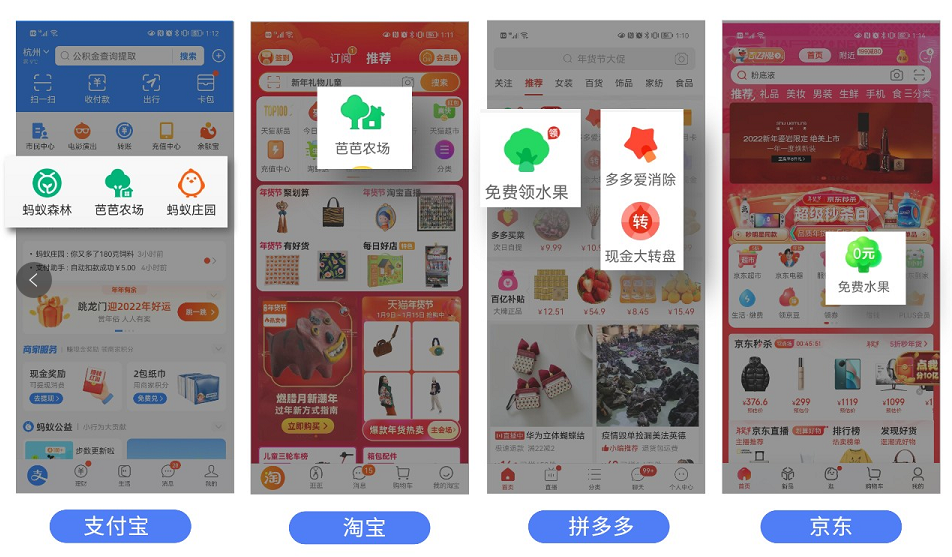
Interactive marketing games on the homepages of major internet giants' apps
After seeing initial success with platform gamified marketing, major brands have also joined this trend.
Among them, we found an interesting case from Moses Technology: Adopt a Cow Cloud Ranch (hereinafter referred to as Cloud Ranch).
According to data released by Moxi Technology, it is evident that this new commercial model of gamified marketing holds tremendous potential in DTC marketing.
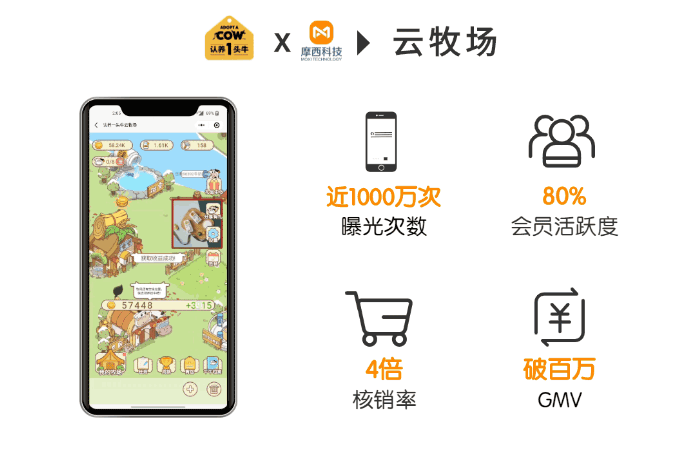
Data source: Moxi technology
Moxi growth expert Allen explains that Cloud Ranch, based on the brand concept, core selling points, and marketing demands of Adopt a Cow, simulates the cow-raising process in a gamified manner. Users become dairy farm owners, raise cows, collect milk to earn points, and then exchange these points for limited-edition physical items and exclusive game coupons, continuously promoting order conversions.
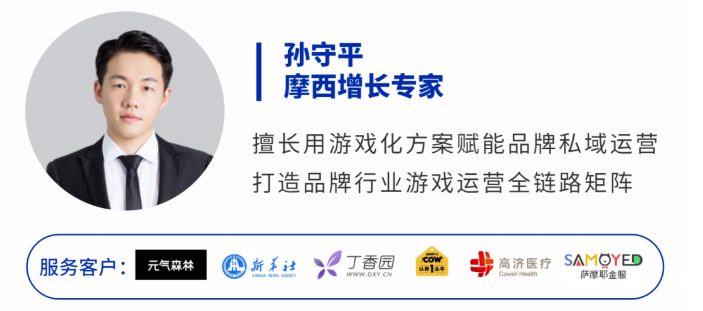
- Vividly Creating a Cloud Adoption Model to Deepen the Brand's "Adoption" Concept
Since its establishment, Adopt a Cow has quickly gained popularity with its unique "adoption" model. To embed this brand concept, Cloud Ranch simulates multiple cow breeds for users to choose from, enhancing the exclusive farming experience and deepening the brand's "adoption" concept in users' minds.

Adopt a Cow Cloud Ranch
- Deeply focusing on brand selling points, accurately recreating the "Five Good Cow" breeding process
Adopt A Cow consistently adheres to the brand philosophy of "Good cows make good milk." Through meticulous breeding, they provide users with "well-born, well-fed, well-housed, well-working, and happy" cows.
In line with this selling point, Moses Technology projects real pasture facilities into the game, building gamified scenes such as maternity wards, cafeterias, dormitories, health check-ups, choirs, SPA medicinal baths, and dormitories. This accurately recreates the "Five Good Cow" breeding process, vividly showcasing the effort and dedication Adopt A Cow puts into their "Five Good Cows," allowing users to empathize with the experience.

- Deeply integrating brand elements to enhance brand exposure
To continuously enhance brand awareness during gameplay, Moxi Technology deeply integrates Adopt A Cow's brand visual elements with the cloud pasture. The brand name is prominently displayed in multiple main game scenes, and real product packaging of Adopt A Cow is recreated in various game locations such as the bathroom and milking hall.
- Aligning with brand marketing objectives to match game tasks and ultimately achieve order conversion
Aligning with brand marketing objectives, Moxi Technology helps the brand quickly achieve mall order conversions by looping current hot-selling products in the main game scene and constantly encouraging users to complete designated marketing tasks.

According to reports, through players' social sharing of the cloud pasture, the game achieved rapid growth from 0 to 50,000 participants within one week.
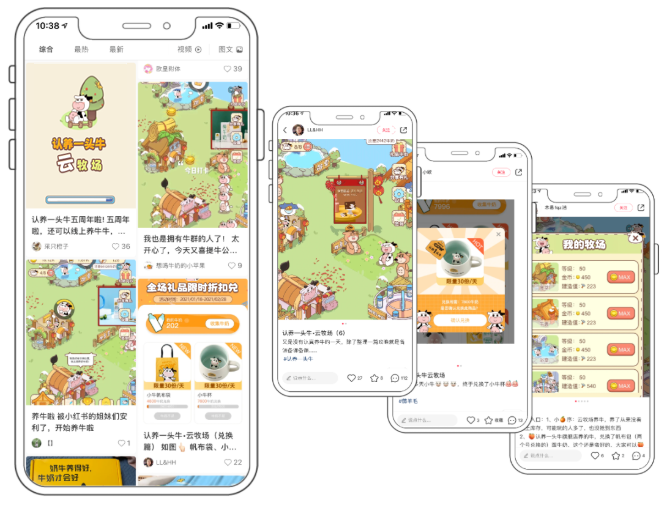
Is the success of the "Adopt A Cow Cloud Pasture" an accident? Is "gamified marketing" applicable to all industry categories? From more cases by Moxi Technology, we have received a positive answer.
In deep collaboration with JD.com, Moxi Technology used a highly engaging and viral match-three gameplay as the core. Through the "Dongdong Loves Elimination" gamified marketing solution, they built a low-cost private traffic pool for the platform, driving new growth in brand performance.
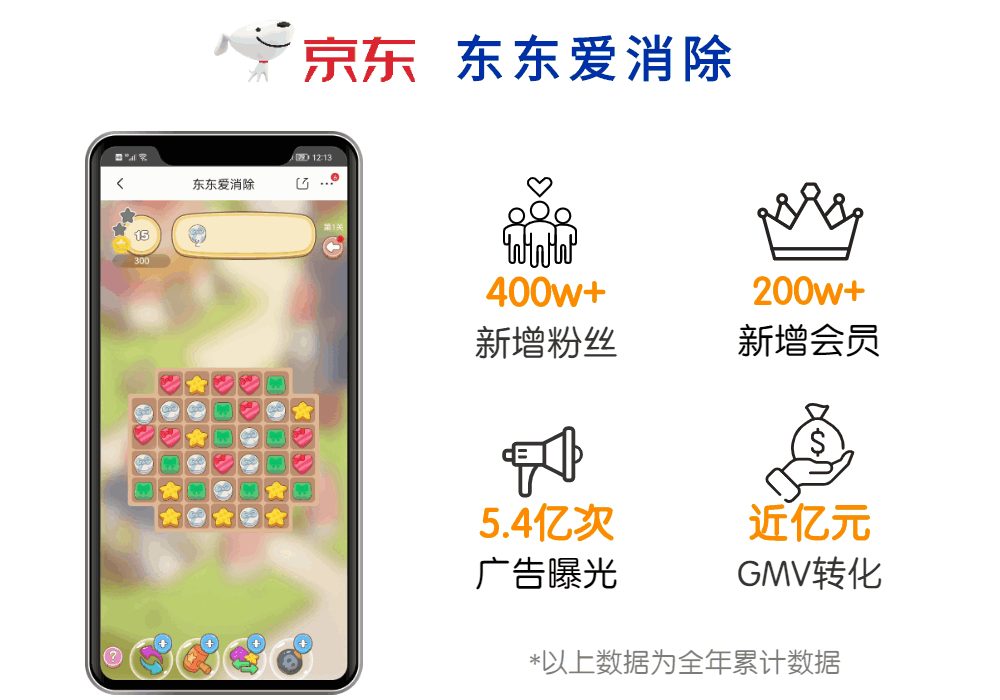
Data source: Moxi Technology
During Christmas, Moxi Technology created the wildly popular "Red Carpet Makeup Party" puzzle game for Charlotte Tilbury (CT), a high-end beauty brand with an annual GMV exceeding 1.5 billion RMB. This game successfully launched their first interactive marketing campaign in the domestic market.
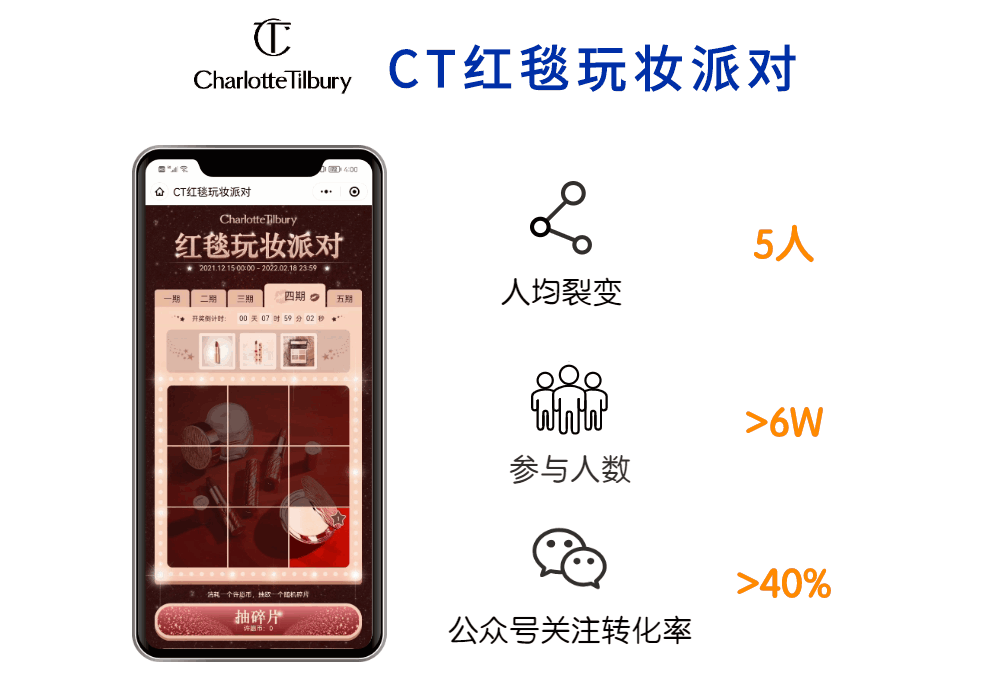
Data source: Moxi Technology
As of now, Moxi Technology has provided multi-scenario gamified marketing services for numerous well-known brands such as Taobao, JD.com, Youzan, Tongcheng Travel, Genki Forest, Zhong Xuegao, and Durex. They have served over 300 clients across various industries, including FMCG, beauty, retail, and finance. Moxi Technology has helped these enterprises engage over 30 million users, generating a total GMV exceeding 3 billion RMB.
04
Becoming the optimal solution in the DTC era
From Moxi's multiple gamified marketing solutions, we can see that gamified marketing can effectively help brands rise quickly and realize the value of private traffic pools. So, how does gamified marketing capture the underlying logic of the DTC model and become the optimal solution of this era?
In fact, the underlying logic of the DTC model is to establish direct communication channels with users, allowing them to influence each other and create a commercial monetization path through a "trust chain + recommendation chain."
Gamified marketing meets users' natural entertainment needs, connecting brands with users through interest. This keeps users highly engaged and influences each other. By integrating brand elements into game scenes and setting up marketing tasks, gamified marketing helps brands achieve goals such as attracting new customers, promoting activity, increasing consumption, and shaping the brand.

Tracing back to the roots, since the fundamental purpose of DTC marketing is direct communication with users, what is the general consumer attitude towards "game operations"? Are they receptive or resistant?
We have validated this through relevant consumer willingness surveys on game operations.
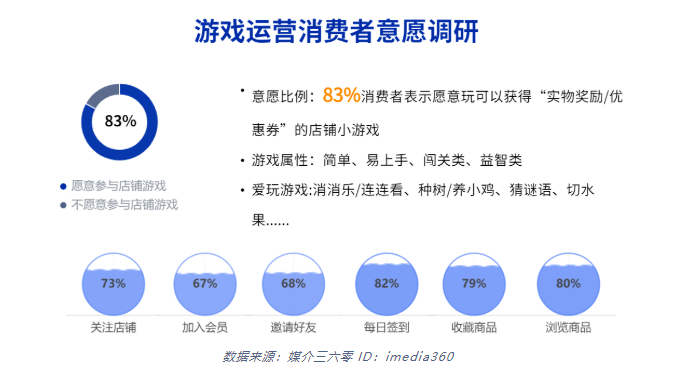
From the data survey, we can see that over 80% of consumers are willing to engage with simple and easy-to-operate games to receive brand-related "physical rewards/coupons." Additionally, to gain more game opportunities/time, they are willing to follow brands/stores and invite friends, facilitating brand viral growth.
While receiving positive feedback from consumers, gamified marketing also attracts significant capital interest. Since its establishment, Moxi Technology has secured multiple rounds of financing from Hillhouse Capital, Matrix Partners China, Empower Investment, PreAngel Network, and Electric Soul Network, with a total funding amount nearing one billion RMB. This capital performance further validates the feasibility and correctness of the gamified marketing model.
Success comes to those who persevere, and progress to those who act. Gamified marketing is rapidly transforming the landscape of Chinese brands at an unimaginable pace. As a new wave of interactive marketing pioneers, it is quietly reshuffling the competitive ranks of brands. The year 2022 is poised to be a year of comprehensive development for gamified marketing, and we look forward to it bringing even greater breakthroughs and impact to the DTC industry.
References
- PARKLU Data (KOL Relationship Management and Marketing Analysis Platform)
- 36Kr - Focus, Selection, and Dilemma: The Past and Present of Private Traffic
- NewtonFashionMBA - How to Successfully Build a DTC Brand?
- In-depth Analysis: The Dilemma of Not Being DTC, Is It the DTC Way?
- PingWest - Can Gamified Marketing Become the New Choice for Private Traffic Marketing?

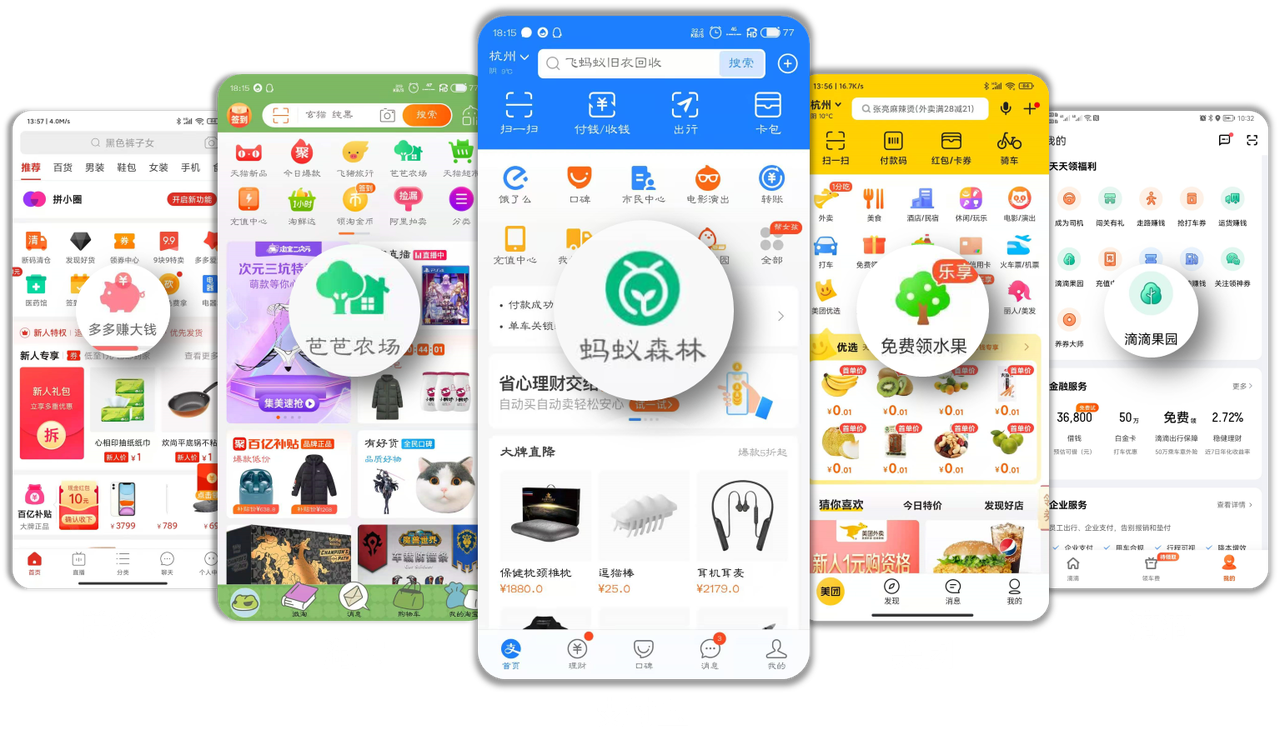
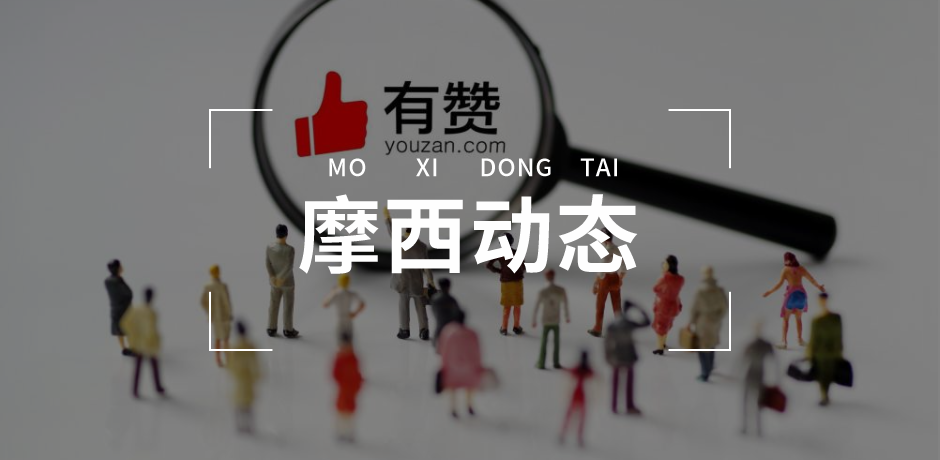
 扫码领取白皮书
扫码领取白皮书 人才招聘
人才招聘